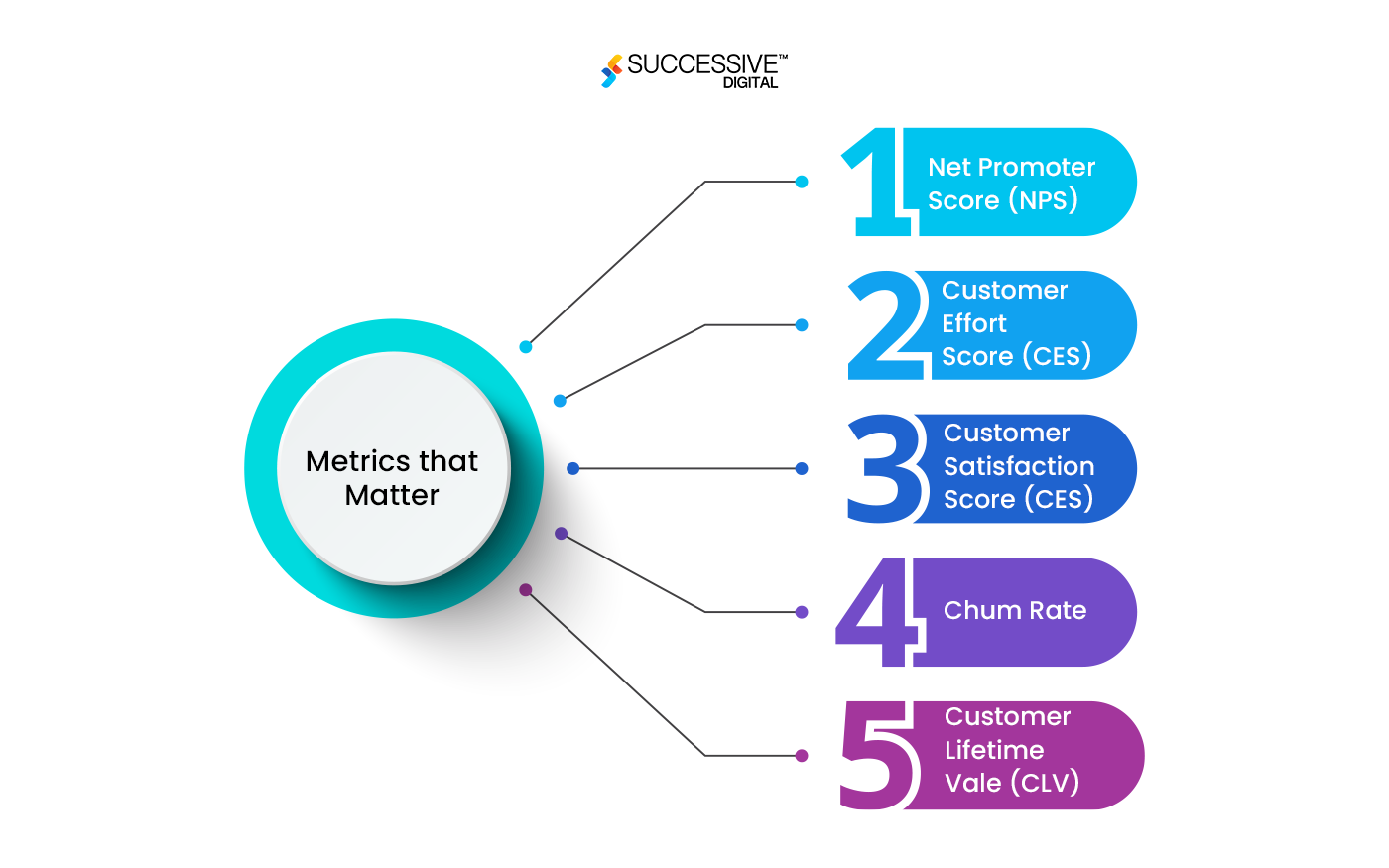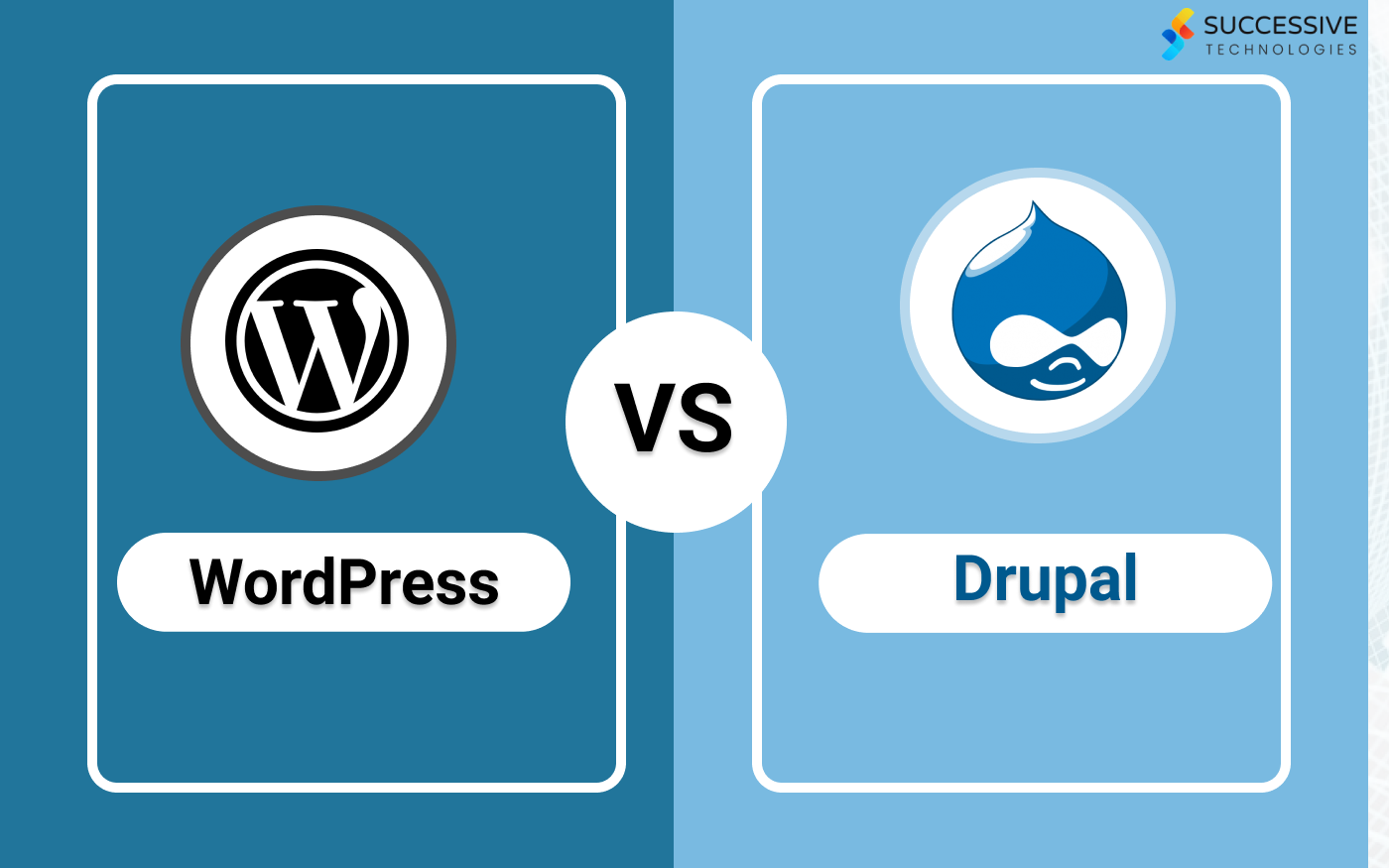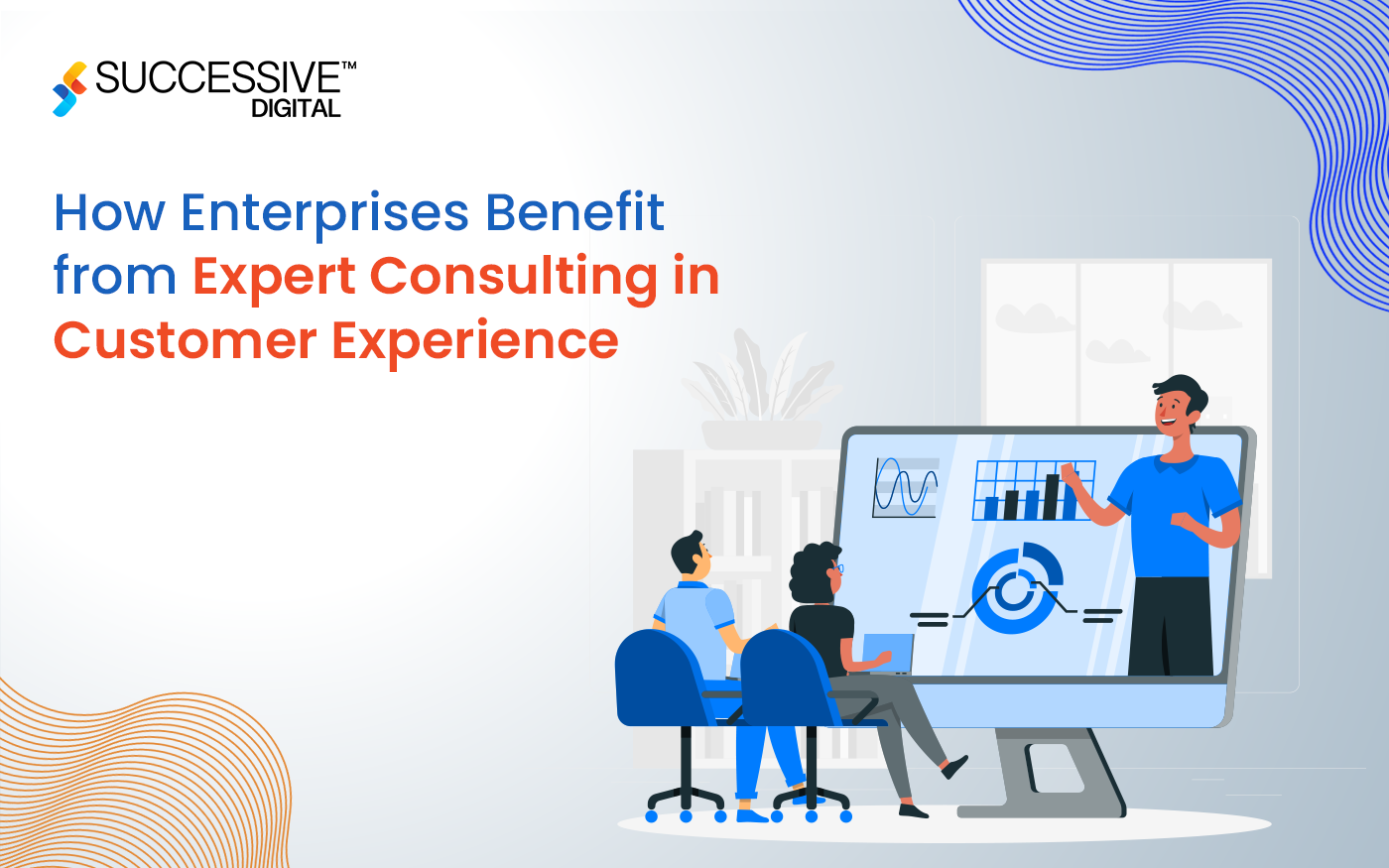In the realm of the modern industrial era, where the customer holds unprecedented importance, measuring and enhancing customer experience (CX) remains a primary responsibility for large organizations. Now, nurturing a positive customer experience is better for brand loyalty, business growth, and profitability. Companies must implement a precise set of metrics and Key Performance Indicators (KPIs) tailored to these specific operations and objectives to embark on this journey. This comprehensive blog examines all of the CX metrics, examining importance critical in larger projects, and shows how those metrics act as a compass to guide strategic decisions.
Understanding the Dynamics of Customer Experience Metrics
- Deciphering the Role of CX Metrics
Before diving into the exact metrics, it is essential to understand the multifaceted positioning of CX metrics in large enterprises. CX metrics act as a compass to guide companies through the broad landscape of customer satisfaction, loyalty, and core experience. These metrics grow beyond just indicators; They are the heartbeat of customer interactions, indicating the adequacy of the relationship between companies and their customers. When properly selected and consistently monitored, CX metrics become a strategic asset, enabling companies to make informed decisions, optimize processes, and drive growth.
- The Strategic Imperative of Customer-Centric Metrics
The importance of a customer-centric approach must be addressed in more extensive facilities, where customers are diverse and options are considered. These metrics are not just tools for measuring status; they are the vitals that align business strategies with customer expectations. By taking a customer-focused approach to metrics, companies can proactively identify pain points, leverage efficiencies, and create reports that align with their target market.
Key Metrics and KPIs for Measuring Customer Experience

Net Promoter Score (NPS)
The Net Promoter Score (NPS) measures client loyalty and satisfaction. Calculated based on an unmarried question—“How possibly could you advocate our organization/product/dealer as a chum or colleague?”—the NPS categorizes respondents as promoters, passive, and people who oppose it. The survey effects provide a photograph of regular user sentiment.
Significance for Large Enterprises:
- NPS acts as a reliable indicator of customer loyalty and word-of-mouth advertising power.
- Larger companies can segment NPS records by departments, locations, or patron segments for more granular insights.
Customer Satisfaction (CSAT) Score
Customer Satisfaction (CSAT) scores are direct satisfaction of customers with a particular interaction or interest. Usually collected through light-interaction surveys, the CSAT calculates how happy customers are with a product, service, or support they meet.
Significance for Large Enterprises:
- CSAT allows companies to identify areas of strength and growth in unique touchpoints.
- Larger projects as part of enterprise analytics may aggregate CSAT rates across multiple departments to identify standard characteristics.
Customer Effort Score (CES)
The Customer Effort Score (CES) measures how easily customers can achieve their goals when interacting with the industry. Ask clients how best to resolve an issue or tackle an entire project.
Significance for Large Enterprises:
- CES sheds light on areas of friction in sponsored travel and guides companies in streamlining processes.
- Larger companies can analyze CES data across various touchpoints to identify unusual trends.
Retention Rate
Retention is a essential metric that measures the share of retained clients over a selected length. It additionally affords perception into patron loyalty and the effectiveness of purchaser retention efforts.
Significance for Large Enterprises:
- Retention rate indicates customer loyalty and the duration of success of retention strategies.
- Larger projects can segment retention rates by preservative segments or product traces for targeted interventions.
Average Handling Time (AHT)
AHT measures the time it typically takes to process customer interactions, whether through a consultant, service, or sales. It is an essential metric for assessing business performance and adequate customer support.
Significance for Large Enterprises:
- AHT is a performance metric that helps large organizations optimize and streamline processes.
- Unilateral monitoring of AHT provides insight into the effectiveness of multimodal strategies.
Customer Churn Rate
The customer churn rate calculates the proportion of customers who discontinue their association with the company over some time. A high churn fee indicates capacity problems with pride, carrier, product, or sound.
Significance for Large Enterprises:
- The churn rate is an essential metric for assessing customer attrition and the effectiveness of retention strategies.
- Larger organizations can introduce incremental charges with the help of consumer groups to identify the riskiest companies.
Customer Lifetime Value (CLV)

Customer Lifetime Value (CLV) represents the total sales a professional company can expect from its clients throughout its supply chain. This includes factors related to the purchase price, frequency, and customer retention period.
Significance for Large Enterprises:
- CLV emphasizes strategies, helping businesses prioritize high-cost customer services.
- Large enterprises can use CLV to distribute products better and create more appropriate advertising and marketing strategies.
Social Media Mentions and Sentiment Analysis
Social media mentions and sentiment analysis measure consumer sentiment expressed on social platforms. By analyzing feedback and ideas, companies can understand public opinion and identify areas for improvement.
Significance for Large Enterprises:
- Social media measurement provides real-time insights into patron reviews and trends.
- Larger organizations as part of enterprise analytics can segment social media content by locations or products for focused actions.
Resolution Time
Resolution time measures the time it takes to encounter and resolve customer concerns or questions. It is essential for comparing the performance and effectiveness of customer service teams.
Significance for Large Enterprises:
- Resolution time is essential for measuring a provider’s first class and customer pride.
- Larger enterprises can experiment with resolution times on support channels for optimization.
Employee Satisfaction (ESAT)
Employee satisfaction (ESAT) is an often-overlooked metric of employee satisfaction in an organization. Satisfied employees tend to provide outstanding customer service.
Significance for Large Enterprises:
- The ESAT is a hidden but powerful symbol of power and client pride issues.
- Large enterprises can link ESAT to customer satisfaction metrics to gain holistic insights.
Driving Business Decisions with CX Metrics
- Informing Product and Service Enhancements
CX metrics act as compass needles pointing to nearby areas where services or products may be nuanced. Insights from metrics that include NPS, CSAT, and CES craft companies in knowing what customers value and what improvements are needed encourage a relentless improvement cycle.
Apple’s iterative product upgrades, often triggered by patron feedback, exemplify how CX metrics can inform product planning and development.
- Optimizing Customer Support Operations
Metrics such as AHT, Resolution Time, and Customer Churn Rate provide essential insights into the performance and profitability of customer service activities. By adopting a strategic plan based on those metrics, companies can make complex decisions faster and reduce customer automation.
Zappos’ legendary customer service, built with a commitment to reducing customer effort, demonstrates how CX Metrics can craft support services effectively.
- Tailoring Marketing Strategies
CX metrics CLV and Social Media Mentions provide meaningful insights to create focused advertising strategies. Understanding customer lifetime value can better segment advertising and marketing sources, just as social media metrics help tailor campaigns to public sentiment.
Amazon’s personalized ad tips, enriched with information about patron preferences and behaviors, demonstrate the power of tailoring techniques based entirely on CX metrics.
- Enhancing Employee Engagement and Training
Metrics such as ESAT and Resolution Time can identify areas needing staff intervention and training work. Satisfied employees contribute to superior customer profiles, and thorough education based primarily on CX metrics ensures that front-line teams are prepared to meet patron’s desires.
Pushed by a subculture of employee empowerment and education, the Ritz-Carlton’s terrible customer service reflects the impact of prioritizing employee dignity.
- Strategizing Customer Retention Efforts
Metrics, including retention rate and churn rate, provide insight into the effectiveness of customer retention strategies. Companies can build on these considerations to develop targeted retention programs, identify at-risk customer segments, and implement interventions to promote loyalty.
Primarily, subscription-based content providers like Netflix are constantly developing their content offerings mainly based on consumer choice, highlighting the importance of targeted retention strategies.
Overcoming Challenges in CX Metrics Implementation
- Integration of Multichannel Data
Larger enterprise often operate in different ways, making data integration difficult. Robust data integration processes and platforms enable a unified view of customer interactions by eliminating the silenced nature of multichannel operations.
- Ensuring Data Accuracy and Consistency
For trustworthy CX metrics, accurate and consistent data is paramount. Companies should invest in enterprise analytics, robust data chain processes, frequently audit record assets, and establish systems to maintain audit integrity to ensure reliable metrics.
- Aligning Metrics with Business Objectives
CX metrics must align with overarching enterprise objectives to force sensible choices. Regularly review the importance of selected metrics and adjust them in response to evolving business needs to ensure metrics are consistently aligned with strategic requirements.
- Balancing Quantitative and Qualitative Metrics
A balanced approach that includes both quantitative and qualitative decisions is needed. While quantitative measures provide a statistical perspective, qualitative measures, gathered through customer feedback and emotional input, deliver a more nuanced view, enhancing general CX knowledge.
- Ensuring Actionability of Metrics
Metrics should act as catalysts for movement rather than just passive markers. Companies need to set a clean speed chart that matches each metric, ensuring that insights from the metrics push for transparent improvements and strategic choices.
The Future of CX Metrics in Large Enterprises
- Advancements in Predictive Analytics
The fate of CX metrics in big companies is predictive analytics. By leveraging the best analytics tools, organizations can anticipate customer needs, capture power pain points, and proactively confront issues before they impact customer happiness.
- Embracing Artificial Intelligence (AI) and Machine Learning (ML)
AI and ML technology are poised to convert CX metrics. This era can analyze sizeable quantities of information, expect patron conduct, enable private interactions, and offer actual-time insights, enhancing corporations’ agility and responsiveness to consumer desires.
- Augmented Reality (AR) and Virtual Reality (VR) in CX Metrics
Integrating AR and VR technology into CX metrics creates opportunities for participatory reporting. Companies can gain insights from authentic customer interactions, enhancing their knowledge, preferences, and behaviors.
- Blockchain for Enhanced Data Security
Blockchain technology holds promise to increase data security in CX metrics. By providing a decentralized and tamper-resistant ledger, blockchain ensures the integrity and security of customer information and addresses concerns about information confidentiality.
- Evolving Social Media Metrics
The landscape of social media metrics is evolving, shifting towards real-time and dynamic measurement. Companies are using increasing amounts of sentiment analysis, social listening, and high-quality analytics to glean actionable insights from the dynamics of social media.
Navigating the CX Metrics Journey Ahead
As large enterprises navigate the complexities of customer experience, metrics stand as a guiding driver, enlightening the closest path to customer satisfaction, loyalty, and business success, choosing the right metrics aligned with strategic goals and using their insights to make informed choices and primarily determine a customer-centric approach.
The landscape of the ever-evolving marketing industry doesn’t end with standard metrics; It extends to destiny, where emerging technologies promise to revolutionize how companies measure and design their customer profiles. Large enterprises can validate their CX metric initiatives by embracing advances in predictive analytics, AI, ML, AR, VR, and blockchain. Such practices remain at the forefront of providing better stakeholder feedback in the today’s competitive landscape.
Throughout these insights, brands demonstrate the importance of crucial CX metrics and their role in choosing satisfaction riders, capabilities, and future trends. As large companies embark on their CX metrics, commitment to a customer-centric approach and the strategic value of metrics remain the compass to sustained success.












